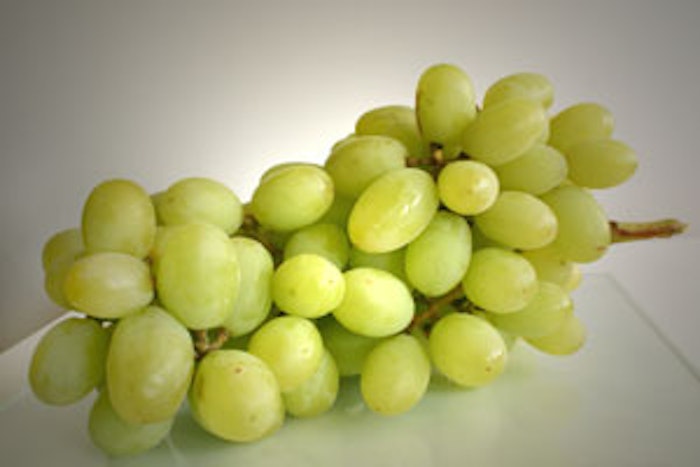
Soaking muscadine grape seeds or skins in a solution of enzymes can boost antioxidants extracted from the fruit, creating possible new uses for grape leftovers, which are loaded with nutrients, a University of Florida study shows.
After making wine, a producer typically sends the grape seeds and skins to a landfill, said Maurice Marshall, a UF/IFAS food science and human nutrition professor and study coauthor. But by using cellulase, pectinase and glucosidase, scientists found the grape seeds and skin aren’t just a waste product. The enzymes increase the antioxidant activity, from the grape seeds and skins. New uses could include food additives or nutritional supplements.
Changmou Xu, a doctoral student in food science and human nutrition at UF, led the study under Marshall’s advisement. Researchers ground muscadine skin or seeds to a powder and extracted phenolics by soaking the powder in a solution of enzymes, Marshall said.
Through that process, Xu and other researchers examined how enzymes break down grape seeds and skin so they could obtain phenolics and antioxidants. They hoped that by treating grape skins and seeds with enzymes that break down cell walls, they could make it easier to extract phenolic compounds.
The enzymes actually decreased the phenolics from the discarded material. That was the downside, said Marshall, who’s supervising Xu’s doctoral work. On the upside, enzyme hydrolysis—a form of digestion—can release more antioxidants, Marshall said.
“You got less phenolics, but you improve their antioxidant activity,” he said.
Muscadine grapes grow well in Florida and have thick skin that accounts for about 40% of the fruit’s weight. The skin gives the muscadine natural resistance to disease, fungi and insects, and it stores many antioxidants, the study said.
Grape phenolics serve as anti-inflammatory agents, can reduce the risk of certain cancers and help prevent high blood pressure and heart disease, Marshall said. Skin and seed extract from muscadine grapes can be used as a food additive or nutritional supplement, Marshall said. Currently, the food industry puts synthetic antioxidants into food to preserve it, he said. Synthetic antioxidants also preserve fats and oils in cosmetics and pharmaceuticals.
The phenolics extracted during the UF study, on the other hand, are natural, not synthetic, antioxidants. “This concept of using natural antioxidants in many different things in the food world is a nice concept to consumers,” he said.
In addition to Xu and Marshall, study co-authors were Yavuz Yagiz, a senior chemist in food science and human nutrition at UF; Wlodzimierz Borejsza-Wysocki, IR-4 research programs coordinator at UF; Jiang Lu, professor of viticultural sciences at Florida A&M University and Milena Ramirez-Rodrigues, a former doctoral student in food science and human nutrition.
The study was published in the February online edition of the journal Food Chemistry and is scheduled to be in the journal’s print edition in August.
This article is from www.sciencedaily.com, June 17, 2014.










